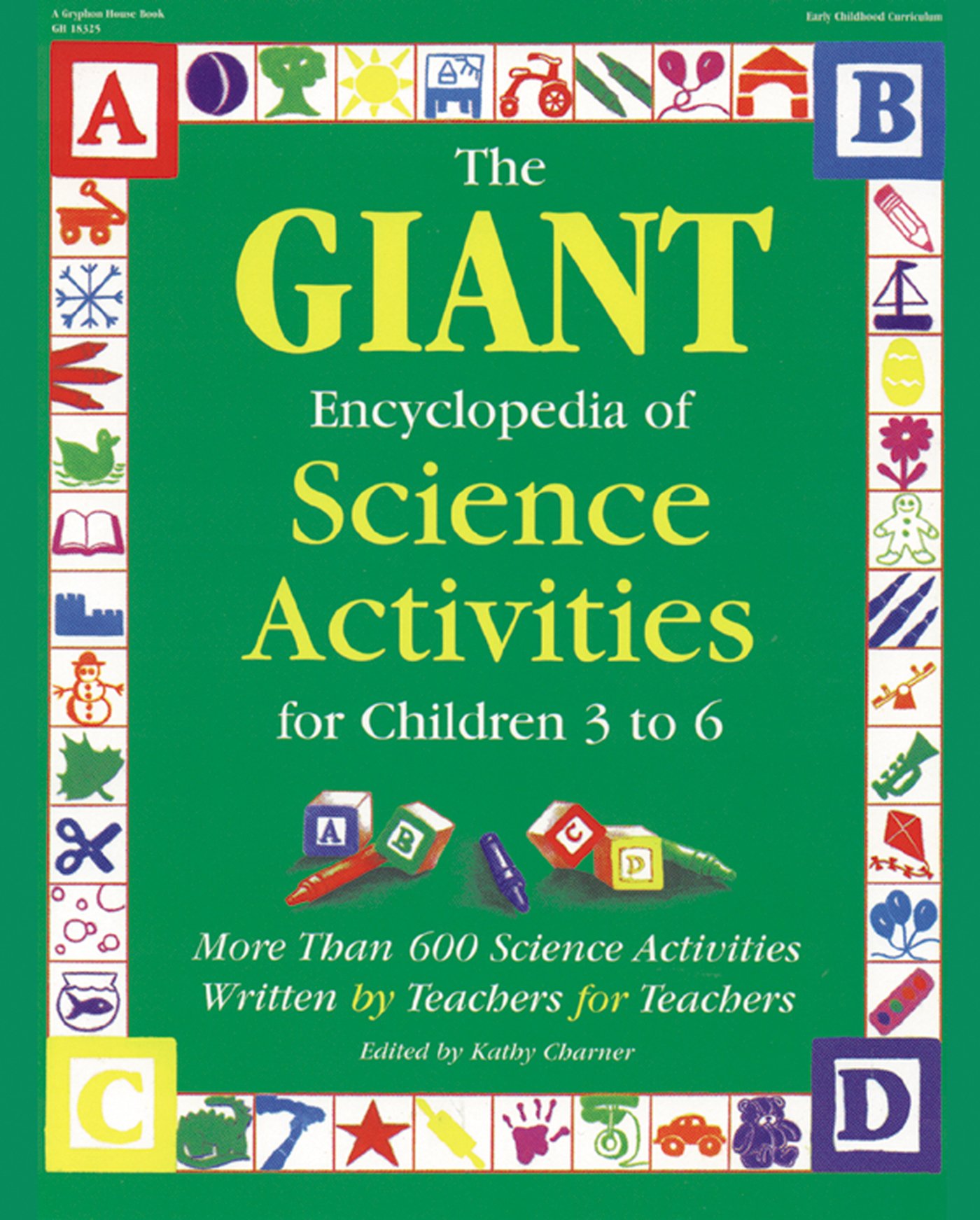Materials
Ranger Rick magazines Large brown bags
Black, brown, pink and white crayons or tempera paints Brown lunch bags
Scissors Pencil
White glue 20 mm wiggle eyes
Instructions
1. Let children look at several issues of Ranger Rick magazine.
2. Discuss traits of the raccoon. The name raccoon means "the washer." Raccoons like to wash their food before eating it. They eat tadpoles, minnows, corn, fruit, nuts, vegetables and garbage. They have 40 teeth, nimble fingers and are very curious animals. Baby raccoons can climb before they can even see. Raccoons have "masks" and stripes on their tails.
3. Trace the patterns for the head, tail, leg and jaw of a raccoon on the large brown bags and cut out.
4. Using a brown lunch bag for the body, draw and color the pink tongue on the jaw; color black around the edge. Add white teeth.
5. Crayon black and brown features on the head: mask, nose, top of legs, paws.
6. Add white on the face; then glue on eyes. Make pencil whiskers. Color black stripes both sides.
7. Glue head on top bag flap (the bag is upside down).
8. Glue jaw under bag flap.
9. Glue on arms, legs and tail.
10. Add black fur marks.More to doDramatic play: Have raccoon puppet show using the puppets the children made. * Children can dramatize being raccoons. Pretend to wash food, climb trees, take a lid off of a garbage can, find a shiny object, etc.More science: Baby raccoons are called kits. Other animal baby names are owlet, cub, pup, cygnet, duckling. What animal babies have these names? * Raccoons are nocturnal: they hunt for food at night. Discuss other nocturnal animals.
